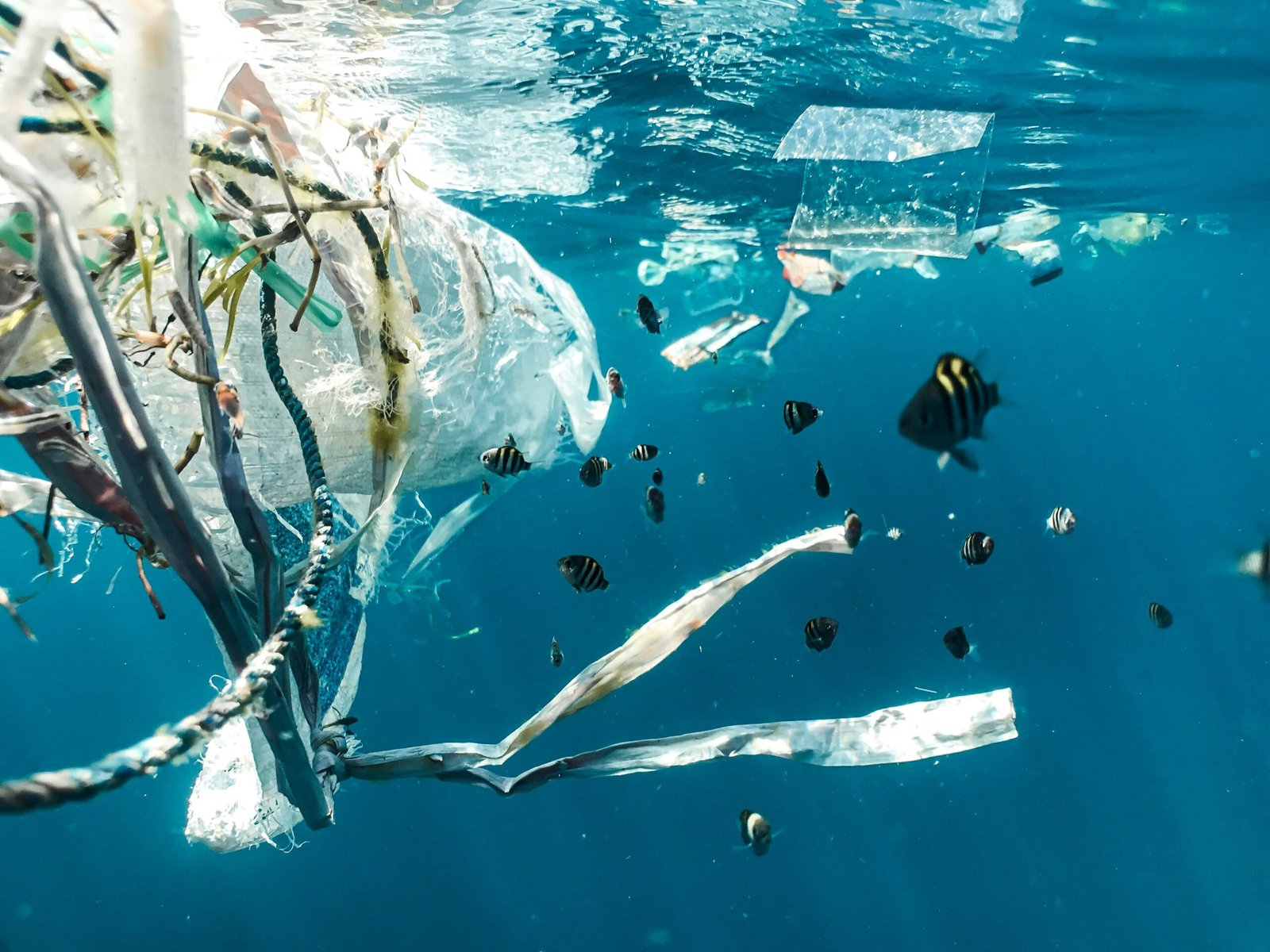The Lifecycle of Plastic Products
The lifecycle of plastic products encompasses several stages, beginning with the extraction of raw materials, primarily derived from fossil fuels. The most commonly used plastics include polyethylene, polypropylene, and polyvinyl chloride, which are produced through polymerization processes that convert monomer units into long-chain polymers. This initial stage is energy-intensive, leading to significant greenhouse gas emissions, which contributes to climate change.
After the extraction of raw materials, the next phase involves the manufacturing of plastic products. This typically entails refining crude oil or natural gas into basic petrochemicals, which are then transformed into plastic resins. Multiple processes such as extrusion, injection molding, and blow molding are employed to create a vast array of items, from packaging to automotive parts. Each of these processes requires considerable amounts of energy, impacting not only electricity consumption but also contributing further to emissions. The energy used in this stage can vary widely depending on the type of plastic being produced and the efficiency of the manufacturing technology utilized.
Following production, plastic products are distributed for consumer use. This distribution network often includes transportation by road, rail, or sea, each contributing additional carbon footprints through fuel consumption. Once in the hands of consumers, plastic products can have varied lifespans – some may be used briefly, while others, like durable goods, might serve their purpose for several years. Eventually, however, these products reach the end of their useful life. This final phase involves disposal, which can take several forms, including landfill, recycling, or incineration. The choice made here significantly influences their environmental impact, as not all disposal methods are equally effective in mitigating long-term ecological harm. Understanding this lifecycle is crucial for evaluating the complex relationship between plastic products and environmental sustainability.
Environmental Consequences of Plastic Waste
The proliferation of plastic products has generated significant environmental consequences, particularly in terms of plastic waste. This pollution adversely impacts our oceans, wildlife, and broader ecosystems. One of the most concerning issues associated with plastic waste is the emergence of microplastics, which are tiny plastic particles resulting from the degradation of larger plastic items. These microplastics infiltrate waterways and, ultimately, the oceans, posing threats to marine organisms, which can ingest them and face dire health repercussions.
The harm to marine life is profound and multifaceted. Species ranging from fish to seabirds are at risk due to the ingestion of plastic debris, mistaking it for food. Ingested plastics can lead to malnutrition, internal injuries, and even death. Moreover, larger marine animals, such as whales and turtles, often become entangled in discarded plastic products, impairing their ability to move and feed. These incidents not only affect individual species but also disrupt entire marine ecosystems, leading to reduced biodiversity and altering the natural balance of marine habitats.
The long-term effects of plastic pollution on natural habitats are particularly alarming. Ecosystems heavily polluted with plastic waste can experience changes in species composition, which can result in the loss of native species that are unable to compete with invasive or resilient species adapting to altered environments. Additionally, the challenges of plastic waste management compound these effects. Overflowing landfills, inadequate recycling systems, and the economic implications of transitioning to sustainable practices create a complex web of challenges for communities worldwide. Potential solutions include enhancing recycling technologies, banishing single-use plastics, and promoting biodegradable alternatives, which can reduce plastic waste generation considerably. By understanding these pressing environmental issues, society can take decisive actions towards a more sustainable future free from the detrimental effects of plastic products.









Add comment